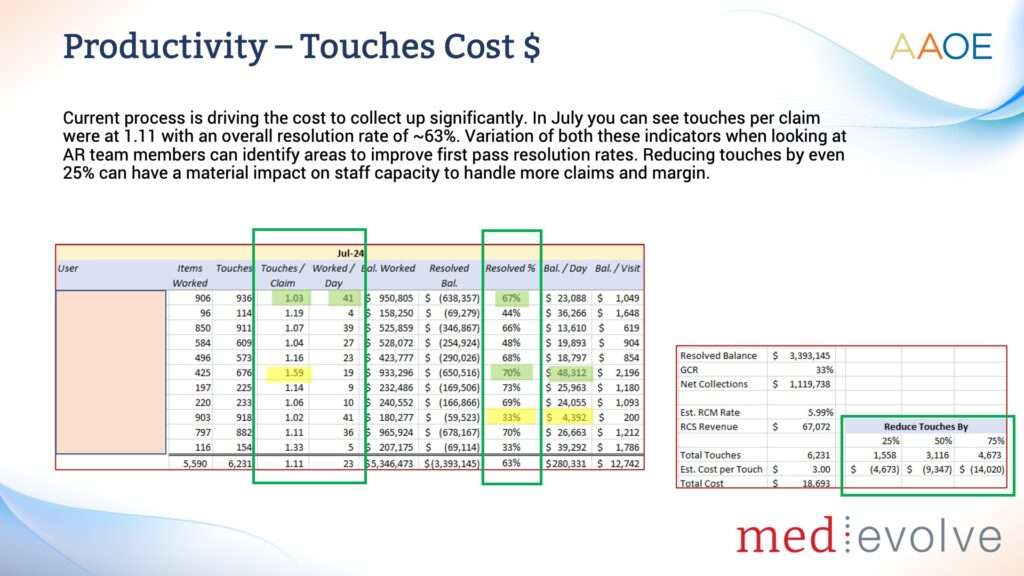Disrupting Healthcare Revenue Cycles: From Human Burden to Intelligent Automation with Matt Seefeld
In this episode of Disruption/Interruption, Matt shares how generative AI and a focus on human accountability can help providers achieve “zero touch” claims, reduce waste, and improve access to care,


















